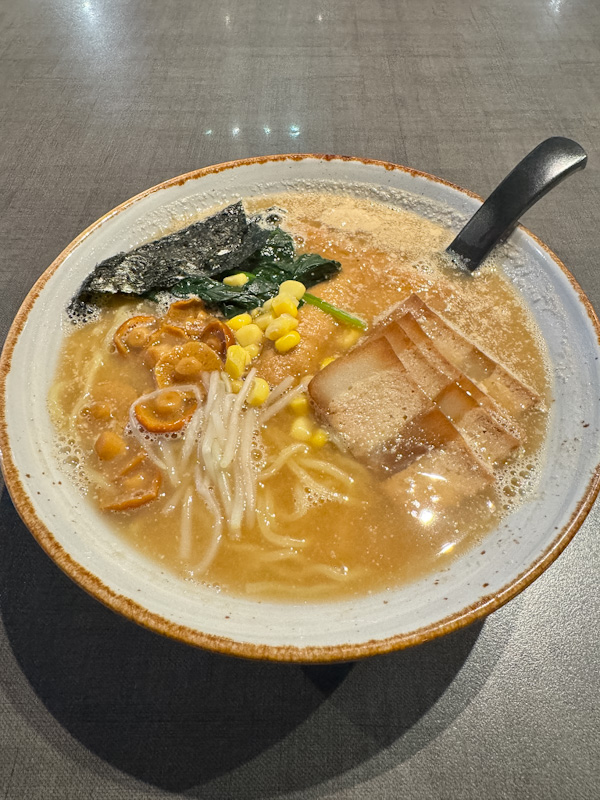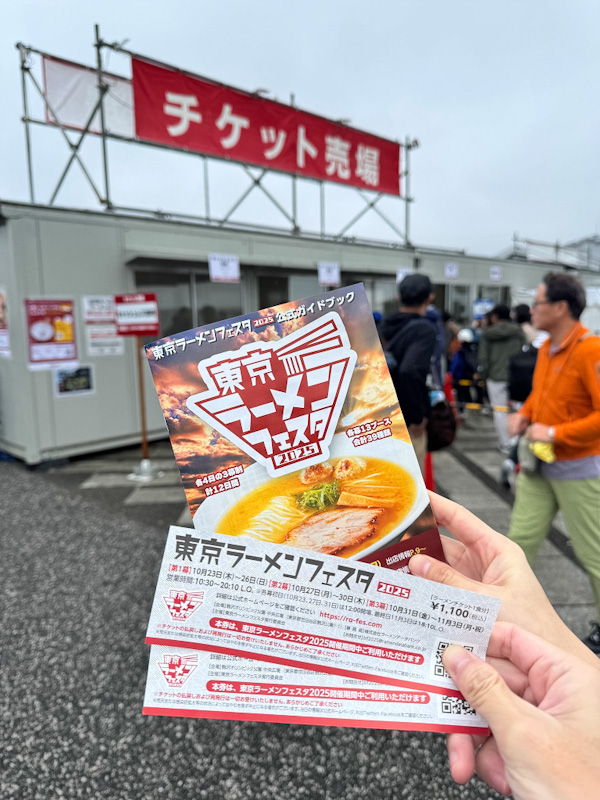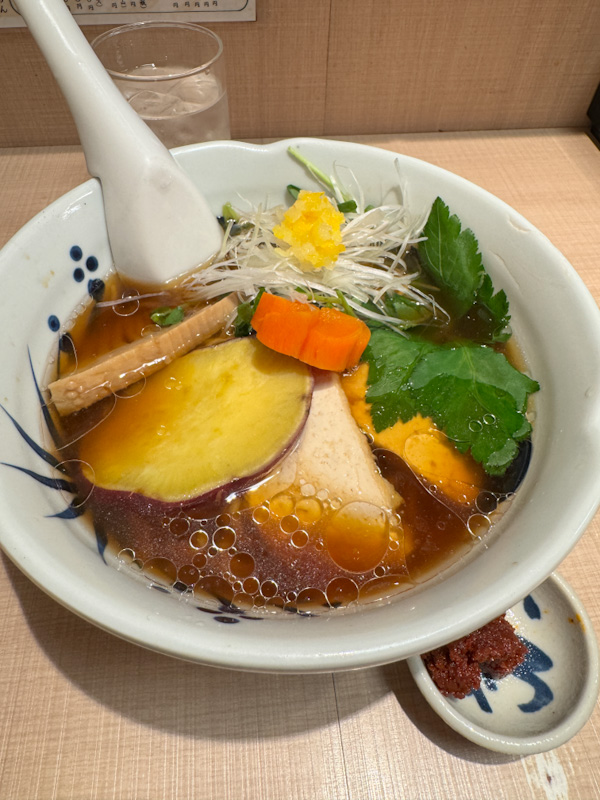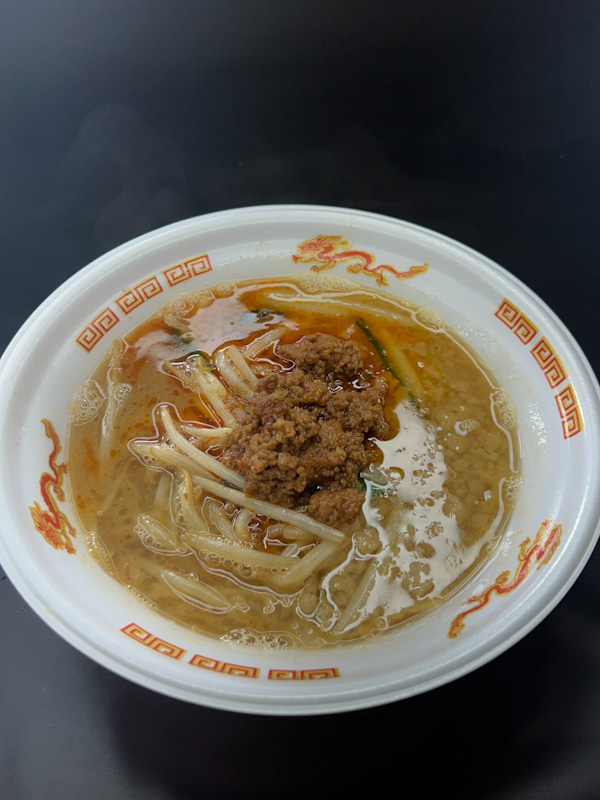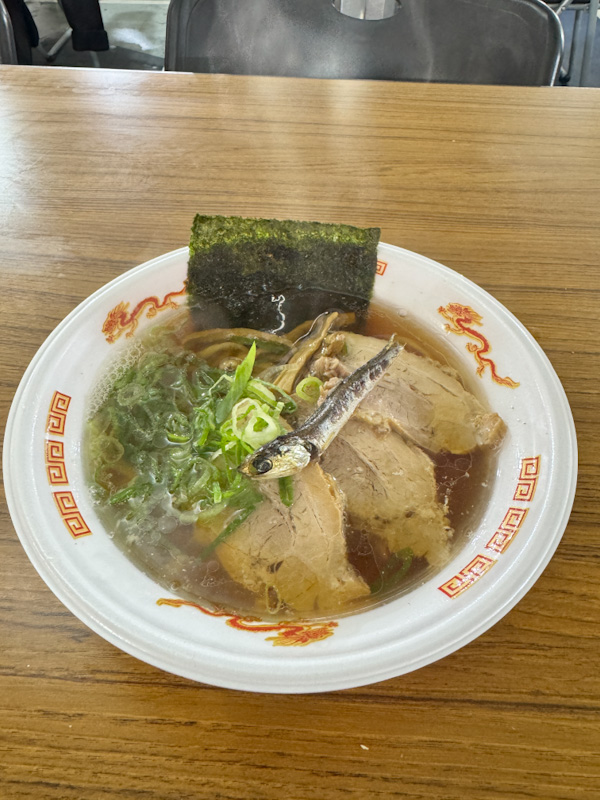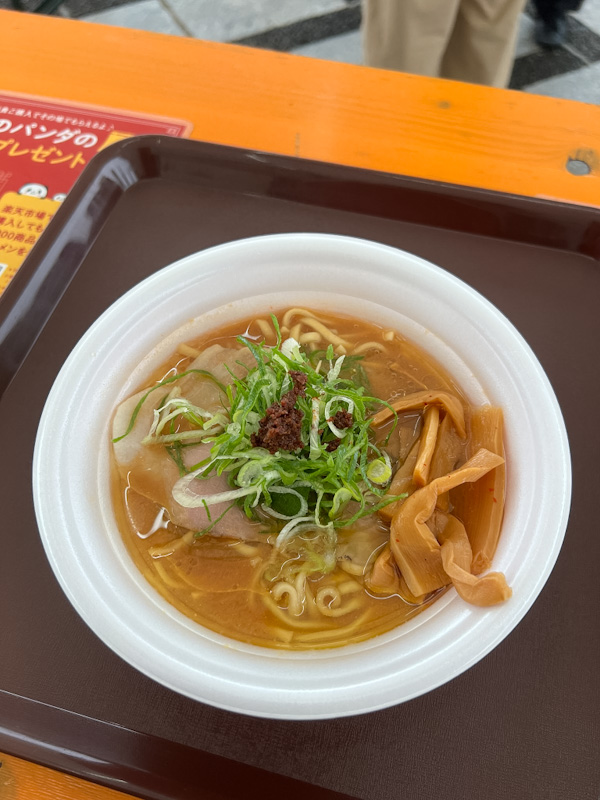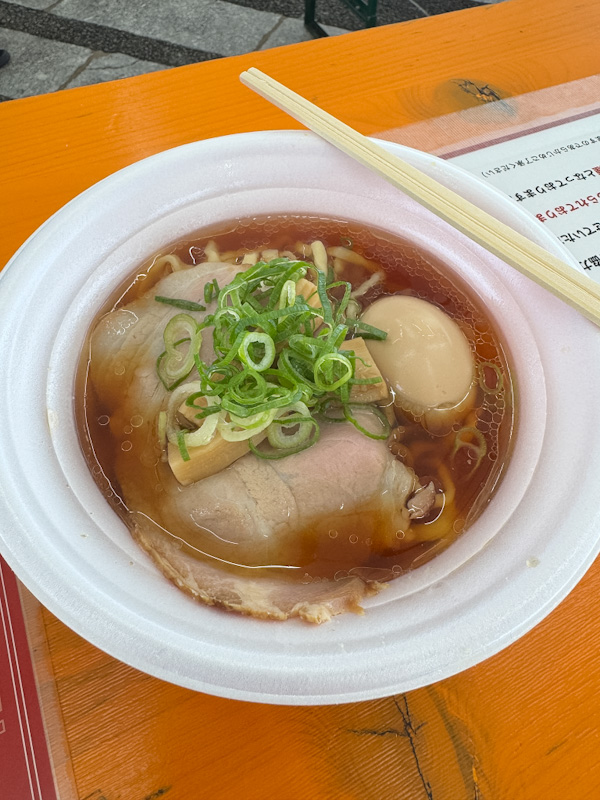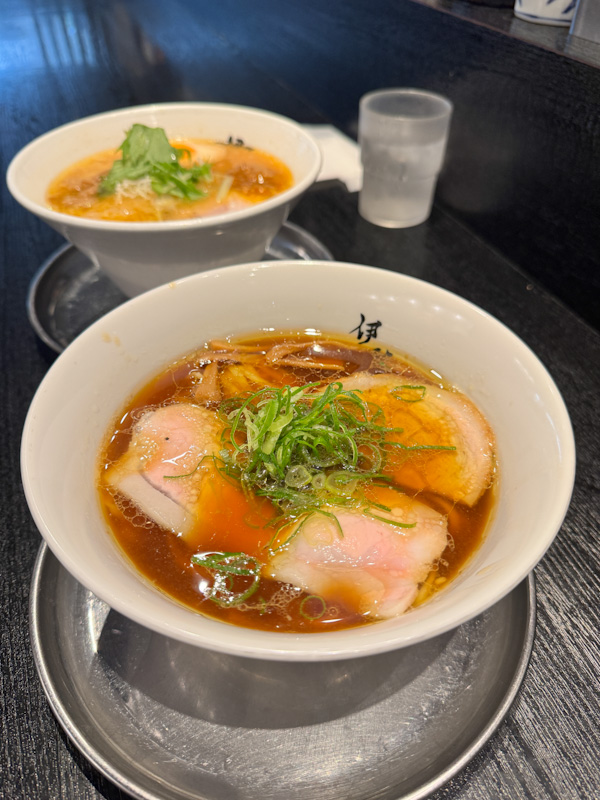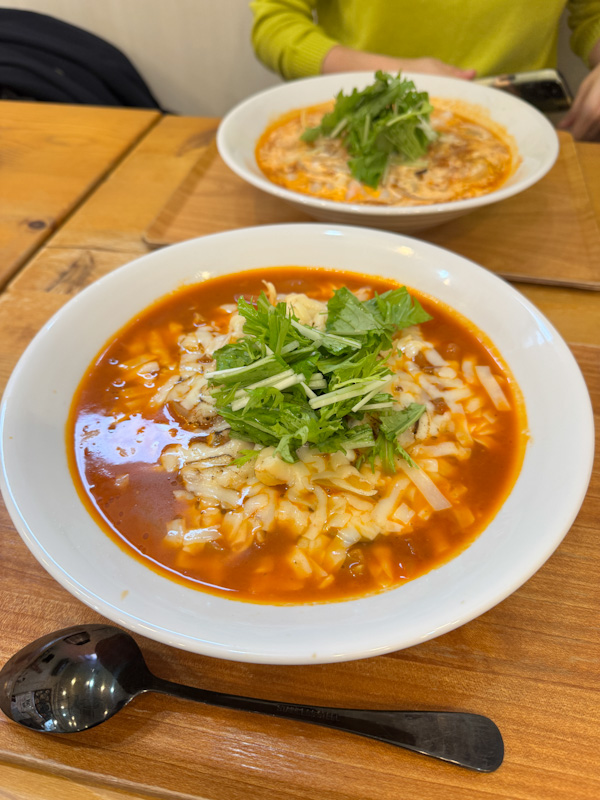Herbivore | Singapore | 60/100
Hidden within Fortune Centre near Bugis, HERBIVORE is one of Singapore’s longest-standing Japanese vegetarian restaurants, created by Ho C.S. together with Japanese chef Yasui Masa. It earned its reputation for turning Japanese comfort food—like katsu, sushi, and ramen—completely meat-free long before “plant-based” became mainstream.
Herbivore | Singapore | 60/100 Read Post »

